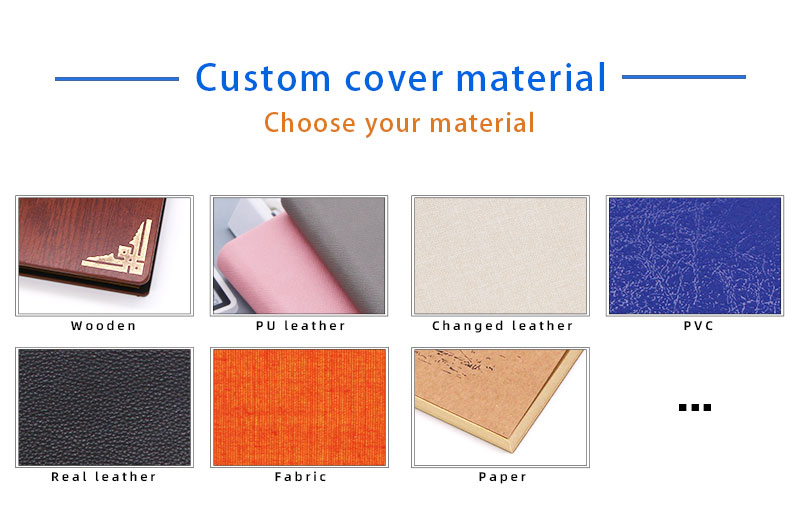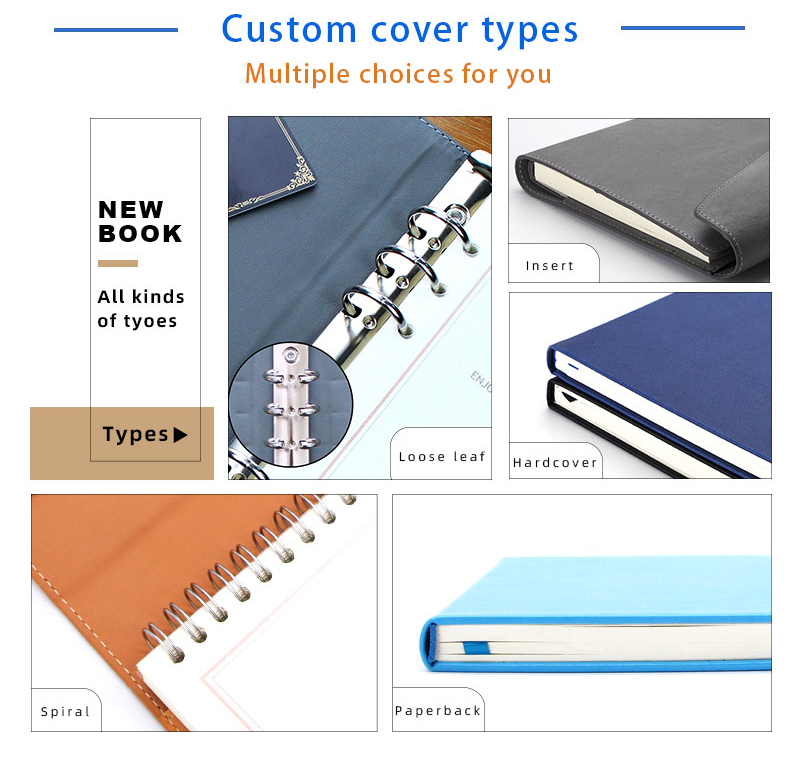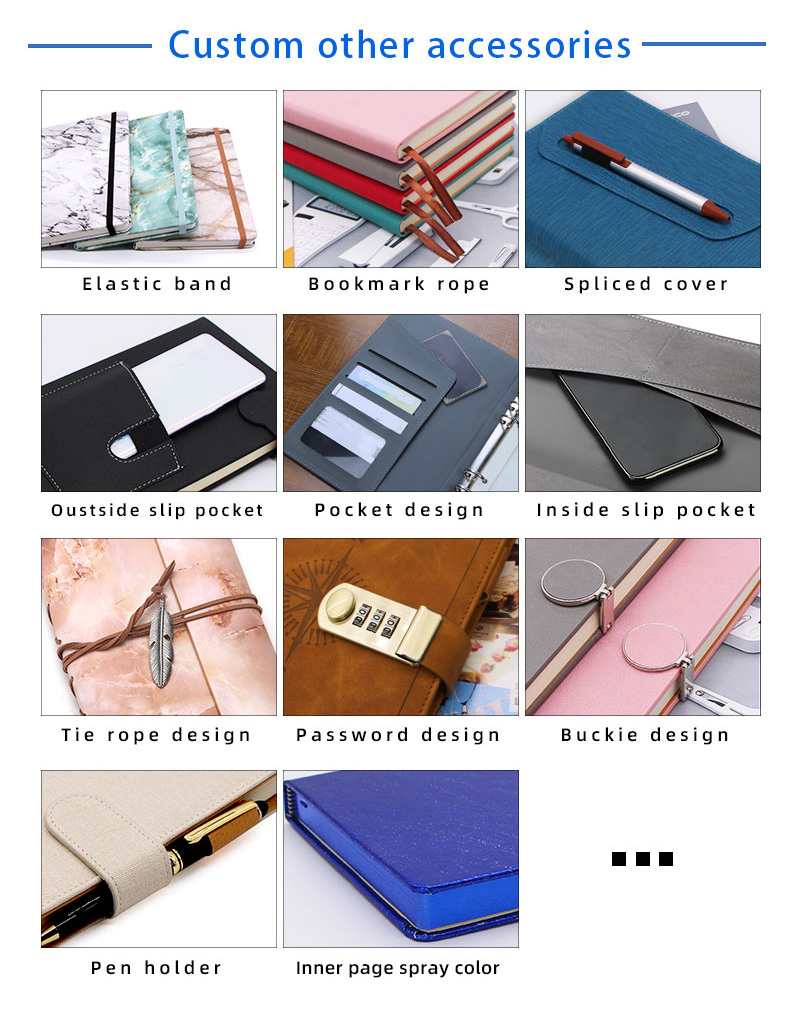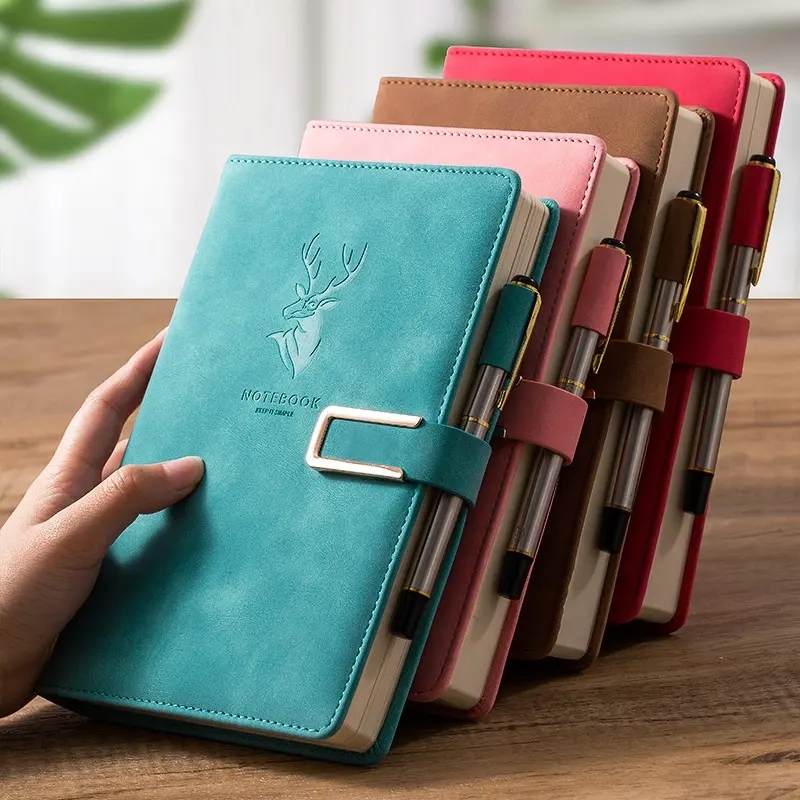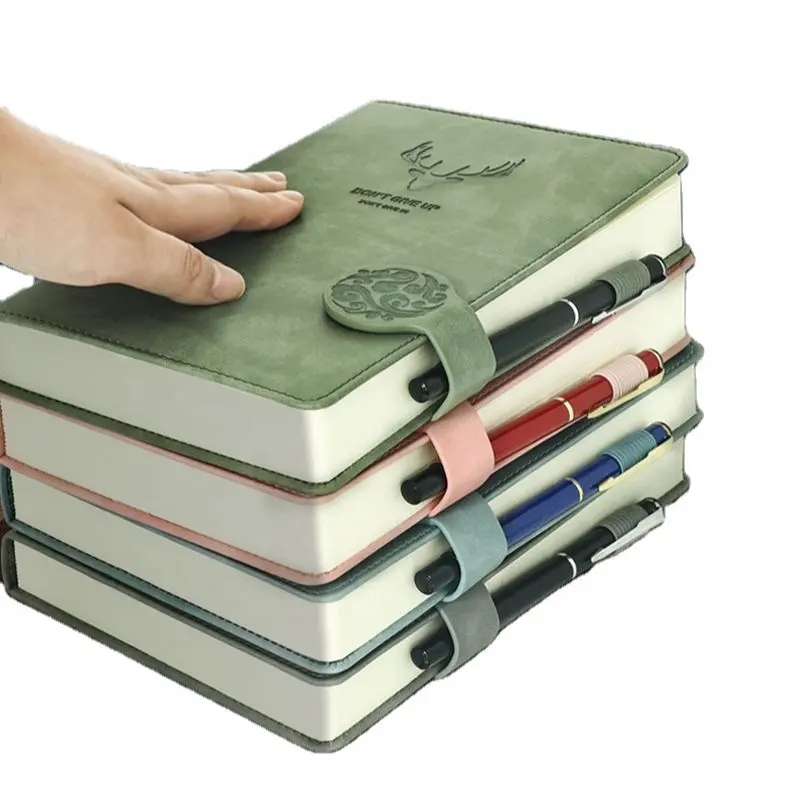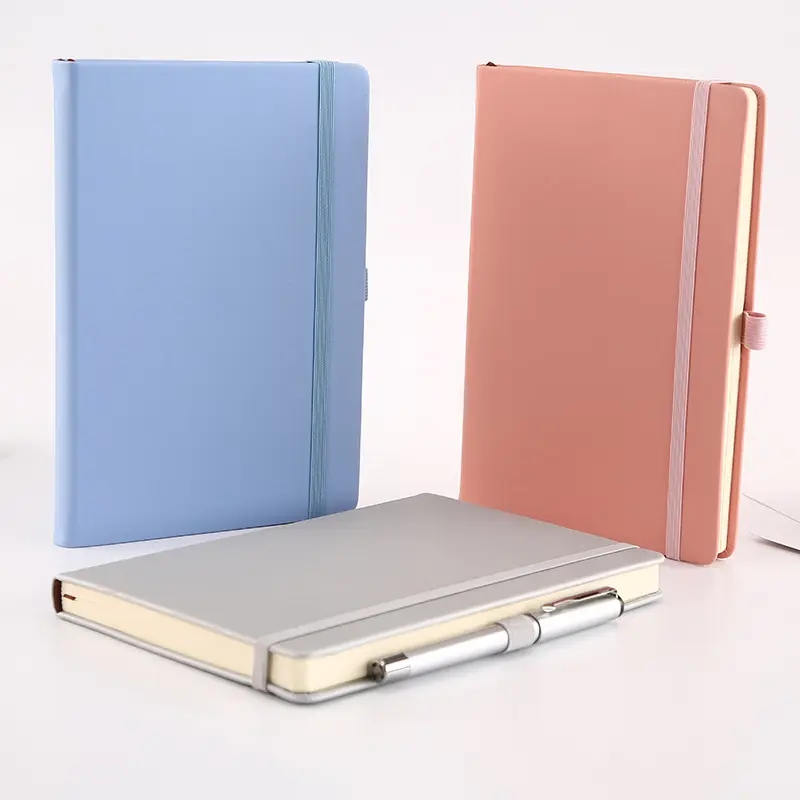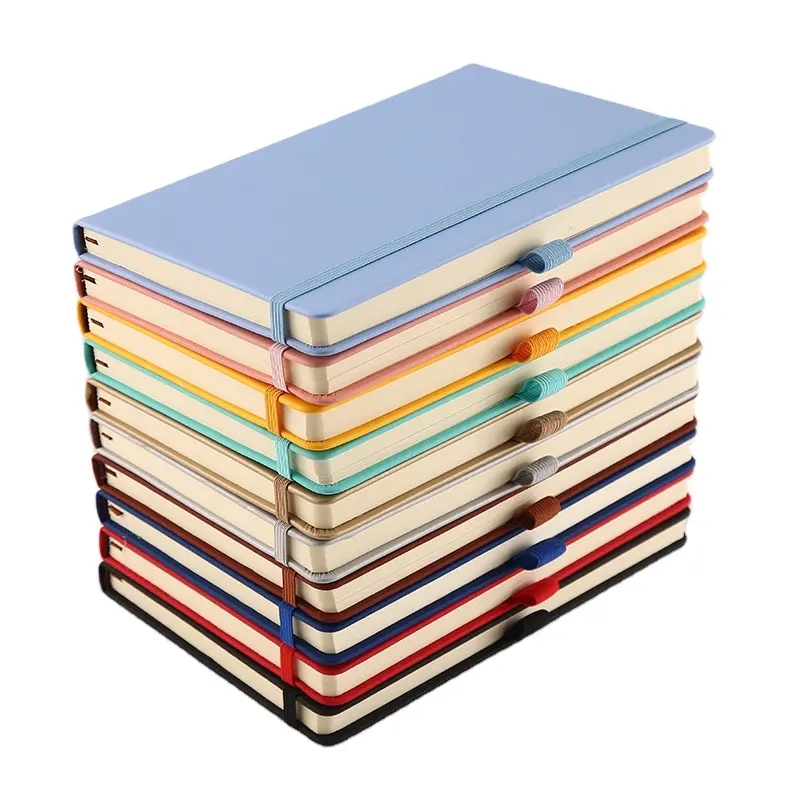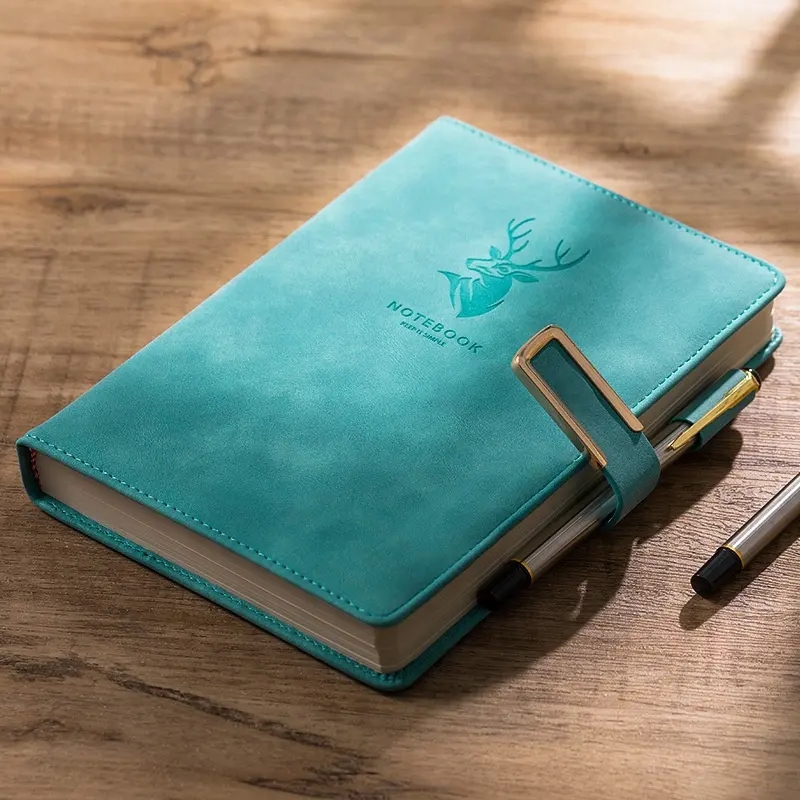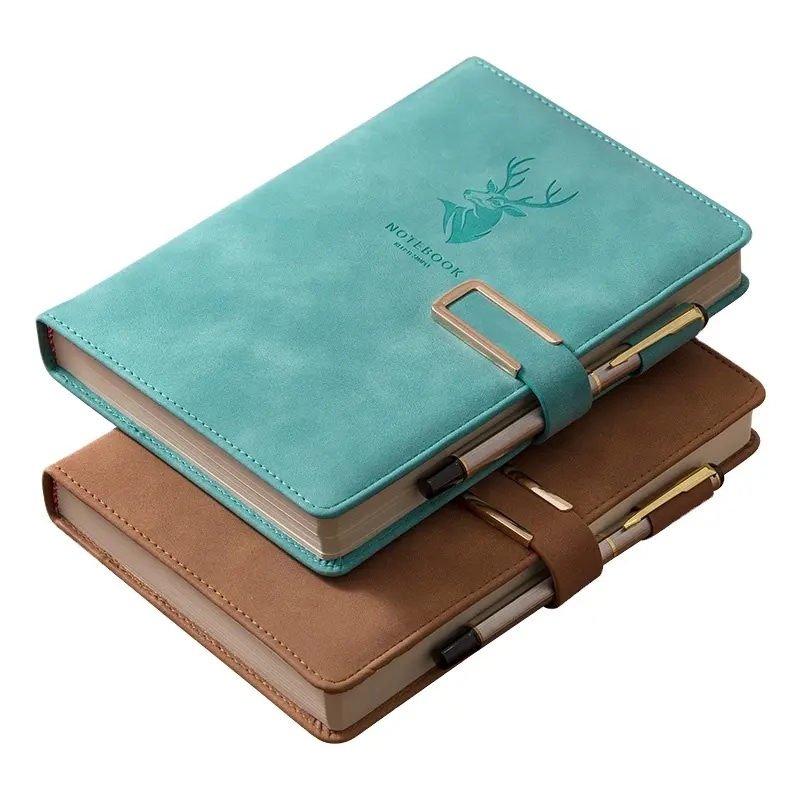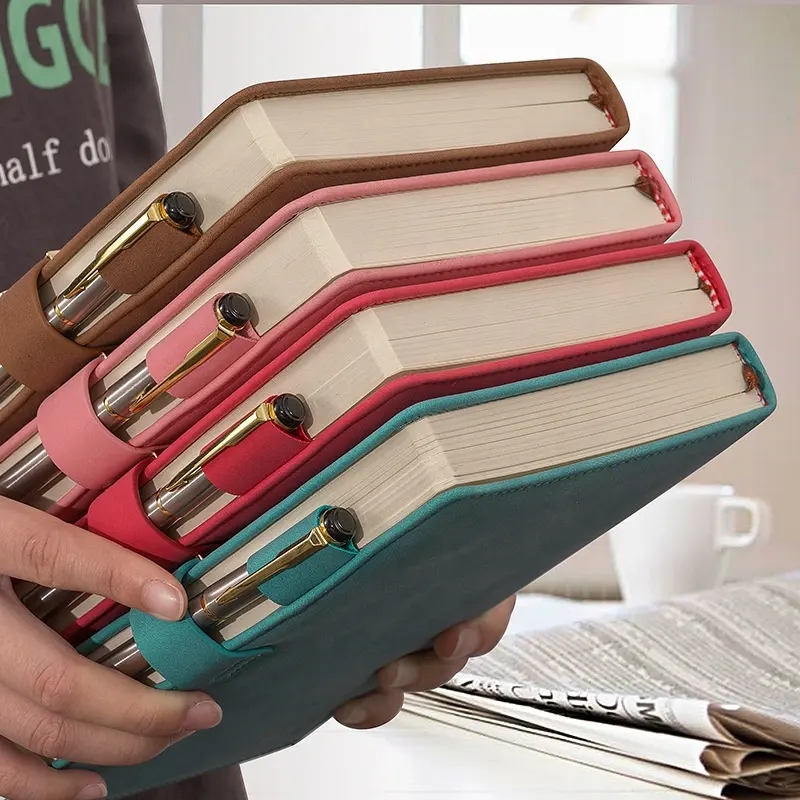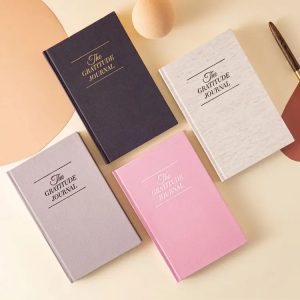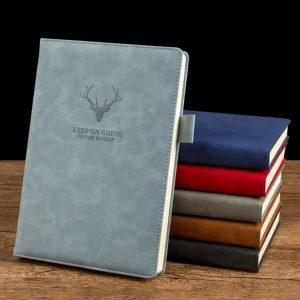The Notebook Revival: Rediscovering the Beauty of Analog Creativity
In a world where technology often takes center stage, a quiet revival is occurring—one that harks back to the simplicity and elegance of notebooks. These unassuming paper companions, with their blank pages and tactile allure, are experiencing a resurgence in popularity. They continue to captivate the hearts and minds of those who appreciate their versatility, craftsmanship, and the unique sense of fulfillment they bring. In this article, we’ll embark on a journey into the Notebook Revival, exploring the many roles they play, the thoughtful design behind their creation, and why they remain cherished in our lives.
1. The Notebook’s Multifaceted Roles
Notebooks are versatile tools that serve a wide array of purposes:
A Scholar’s Haven: For students and educators, notebooks are indispensable for capturing lecture notes, organizing coursework, and nurturing creative ideas. The act of writing by hand fosters deeper understanding and memory retention.
A Professional Companion: In the corporate world, notebooks symbolize professionalism and dedication. They act as repositories for meeting notes, project strategies, and brainstorming sessions, elevating the quality of work and communication.
An Artist’s Canvas: Creative souls, including artists, writers, and thinkers, turn to notebooks as blank canvases for their imagination. The tactile sensation of pen or pencil on paper ignites creativity in a way that digital screens often struggle to replicate.
A Personal Chronicle: Many individuals treasure notebooks as personal journals, diaries, or gratitude logs. They offer a sacred space for emotional expression, memory preservation, and introspective reflection on life’s journey.
2. The Artistry of Notebook Design
Beyond their practicality, notebooks are celebrated for their meticulous design, enhancing the overall user experience:
Size and Layout: Notebooks come in various sizes, from pocket-sized for portability to larger formats for expansive creativity. Layout options include lined, blank, dotted, or specialized grids, catering to diverse preferences.
Cover Materials: Notebook covers are crafted from a variety of materials, ranging from sturdy hardcovers to luxurious leather, vibrant fabrics, or eco-conscious recycled materials. The choice of cover material reflects personal style and intention.
Paper Quality: Premium notebooks feature high-quality paper that minimizes ink bleed-through and offers a smooth, enjoyable writing experience. The weight and texture of the paper contribute to the overall tactile satisfaction.
Binding Techniques: Notebooks employ various binding techniques, including sewn, spiral, or glue-bound options. The choice of binding affects durability and whether the notebook lies flat for ease of writing.
Enhancements: Some notebooks offer practical extras like ribbon bookmarks, elastic closures, pen loops, and pockets for storing keepsakes or loose papers. These features enhance functionality and convenience.
3. The Timelessness of Notebooks in the Digital Age
Despite the ubiquity of digital technology, notebooks continue to hold a special place in our lives for several compelling reasons:
Tangible Connection: Writing in a notebook fosters a tangible connection to thoughts and ideas, promoting memory retention and deeper engagement with content.
Escape from Distractions: Notebooks provide a sanctuary from the constant barrage of digital distractions. Whether brainstorming, journaling, or sketching, the absence of screens often cultivates heightened creativity and focus.
Privacy and Security: Notebooks serve as secure vaults for personal or sensitive information, immune to digital vulnerabilities.
Unplugged Creativity: Artists, writers, and creatives find solace in the simplicity of pen and paper—a space where creativity flows unburdened by the interruptions of screens and technology.
Aesthetic Appeal: A thoughtfully designed notebook, with its cover and paper choices, adds a personal touch to creative or organizational pursuits that digital files cannot replicate.
In conclusion, notebooks transcend being mere stationery; they are companions on our educational, professional, and personal journeys. Their enduring charm, adaptability, and tactile allure persist in our digital age. Whether used for methodical note-taking, artistic exploration, or profound reflection, notebooks remain cherished artifacts that bridge the realms of creativity and organization. In a world that increasingly values the digital, notebooks offer a profound revival of analog creativity and a renewed appreciation for the timeless beauty of pen and paper.
